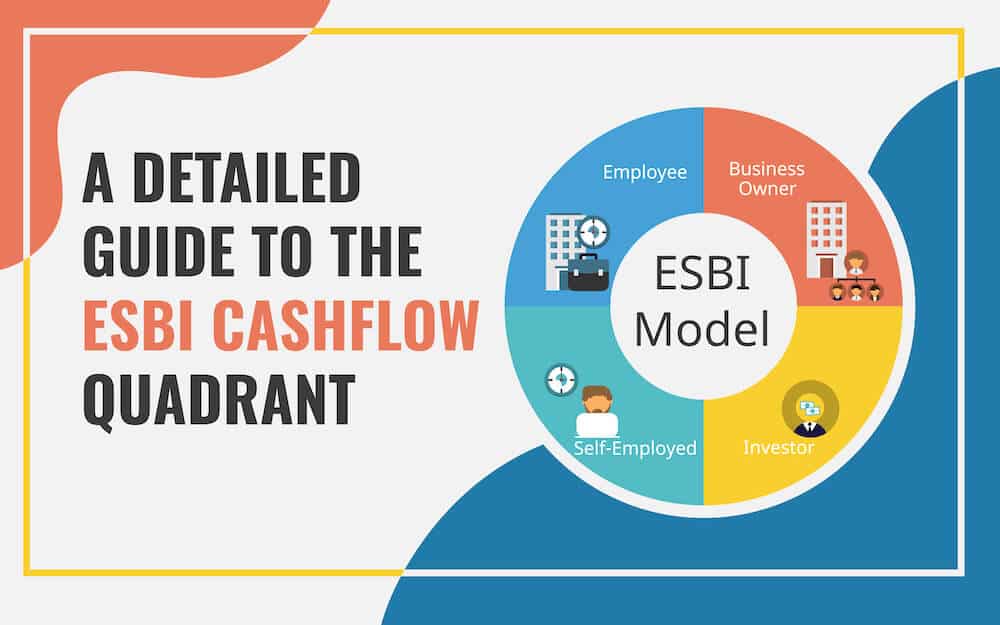
Have you ever wondered why, despite taking all possible measures and precautions, accidents happen? Well, the reason is – we tend to focus on the bigger picture, but we forget to look at the minute aspects, which ultimately leads to mishappenings.
Let’s understand this with an example. Suppose you are a nurse. One day, during a busy shift change, you entered a patient’s room with a fellow nurse (to whom you were giving a handoff report) and found that the patient’s IV pump attachments to chest tubes were detached. The patient’s attendant told you that he had been waiting for you, and he tried to reach you via the nurse call system. However, you didn’t get the message because whoever answered the call didn’t relay the message.
Even after getting calls from the patient’s attendant several times, not a single time you were informed. It clearly indicates that the hospital administration focused merely on the big picture, i,e., installing a nurse call system, but failed to train the nurses on other aspects. The lack of accountability, inability to understand the urgency of the message, miscommunication on the part of nurses, and the failure of system automation to escalate the message to the next appropriate individual could be a life-threatening situation for the patient.
Safety has been a major concern in almost all sectors – be it patient care, information exchange, or industrial processes. In this context, James T. Reason, a psychologist and researcher, developed a model called the Swiss Cheese Model that emphasizes human error and safety management in complex systems.
In this article, we have covered all the ins and outs of this model. Read on!
What is the Swiss Cheese Model?
The Swiss Cheese Model is a conceptual model that illustrates how smaller and multiple failures end up causing a big disaster or hazard.
This model comprises multiple layers of protection. However, no layer is perfect, and each has holes of different shapes and sizes. The number of holes in each layer may also vary. These holes represent shortcomings.
Sometimes the holes in one or more layers are covered by other layers, and each layer supports other layers, thus strengthening the overall defense system. But sometimes, one or more holes in each layer get lined up, which increases the risk of mishappenings.
In a nutshell, according to this model, there is no single reason for an accident; it occurs due to a combination of errors, which could be latent or active. The latent errors are intrinsic to a system, machine, or process. Active errors are those committed by individuals. Active errors trigger latent errors. So, while assessing risks, one must consider both types of errors.
Role of the Swiss Cheese Model in Various Sectors
1. Healthcare
The Swiss Cheese Model has become a dominant paradigm in the healthcare sector, specifically for analyzing and figuring out patient safety incidents and medical errors. This model lays a foundation for risk management.
This model was very effective in educating people about how to defeat Covid-19. It explains how several layers, i.e., masks, social distancing, cleaning and disinfectants, frequent handwashing, and vaccination, combined together and created an impenetrable barrier for the virus. Getting rid of this pandemic would have been impossible if we had missed any of these measures.
2. Aviation
The Swiss Cheese Model has been accepted by various aviation authorities, including the International Civil Aviation Organization. This model helps make informed decisions in a timely manner that ultimately results in accident prevention.
In aviation, there may be many factors of accident causation – loopholes in rules and regulations, incorrect decisions made by the authorities, the physical health and personal life of the pilot, air traffic controllers, insufficient training of pilots, technical issues in the plane, weather, etc.
The major defense layers in aviation are – flight crew response, sensor reliability, flight crew training, sensor fault information, adequate repairs, correct maintenance, aircraft fault history, and crew resource management. A disaster happens when flaws in each layer align.
For example, a plane will likely crash if a stressed and improperly trained pilot, who is working with a poorly managed aviation company, is flying the plane in seriously bad weather.
Image Credit – Stephen Dosman
3. Manufacturing and Construction
This model is quite useful for manufacturing and construction companies to get a clue about what went wrong, despite their best prevention efforts, that caused the accident. It aims to help organizations improve their productivity while minimizing or completely avoiding risk. The model helps figure out safety gaps, enabling firms to take proactive actions.
If we see the safety in the construction industry from the lens of the Swiss Cheese Model, we will find many holes in the defense layers. One common hole in each layer is the prioritization of productivity, ignoring workforce safety. Inefficient communication, non-availability of PPE on sites, noncompliance with PPE, lack of training, lack of safety tech, lack of encouragement from upper management, and lack of monitoring of on-site movements with drones are some other holes, which when aligns lead to catastrophe.
This model stresses the importance of a balance between productivity, economy, and safety to make manufacturing and construction industries safer. In addition, this model holds everyone (entry-level employee, line manager, supervisor, management, etc.) responsible for workplace accidents and injury and emphasizes the need for streamlined communication, adjustment in the planning process, and prioritizing safety in all decision-making.
To sum up, by minimizing holes and strengthening defense layers, these industries can transform slices of Swiss Cheese into American cheese.
4. Transportation
The Swiss Cheese Model can be used in the transportation sector as a framework for error management and analyzing human error-related data. It highlights various latent and active errors that can result in road accidents and helps design countermeasures to address the latent conditions and mistakes humans commit.
According to research, 75% of road accidents occur due to negligence or errors on the part of drivers. In this context, the Swiss Cheese model has been instrumental in shifting the focus from road users to system-wide neglect. It stresses the need for effective driver training, implementation of advanced driving assistance systems, strengthening management systems and safety culture, and enhancement of vehicle and road infrastructure to ensure safer transportation and reduce the number of accidents.
This model also provides useful insights into how to develop automated vehicles (AVs) so that they can be used in the safest manner, contributing to transport equity and accessibility. The most important protection layers for AVs would be seatbelts, airbags, and other occupant safety devices.
5. IT and Cybersecurity
The Swiss Cheese Model has been applied by various IT and technology-based companies to visualize different defenses and control measures that have been implemented to protect the firm from cyber attacks. These measures include both technical (like antivirus software, firewall, two-factor authentication, etc.) and non-technical activities (like stringent policies, employee training, etc.).
For any firm, the defense layers for data security can be-
- Employee Training
- Network Security
- Real-time Monitoring
- Perimeter Security
- Endpoint Security
- Disaster Recovery
All these measures and controls are like a slice of cheese that acts as protective layers. However, each slice has unique holes (vulnerabilities). In the event of a cyber attack, the attacker exploits these vulnerabilities, and if the vulnerabilities in each layer get in a sequence, the attack becomes successful.
To sum up, this model provides a holistic approach to cybersecurity. It acknowledges that no single control or defense can completely secure any organization from cyber threats; multiple layers of defense must be in place to strengthen the overall security posture and protect sensitive data, information, and assets.
6. Other Sectors
In addition to the above-mentioned sectors, the Swiss Cheese Model has a multitude of applications in military and defense, engineering domains, nuclear power plants, space exploration, etc.
For example, this model visualized the mismatch between metric and imperial units in software as the major cause of the failure of the 1999 Mars Climate Orbiter mission. The flaws in the software remain undetected during quality assurance, design reviews, and testing.
Similarly, the major cause of the 2005 London bombings was a series of intelligence failures, due to which terrorists got an opportunity to exploit weaknesses and gaps.
Educating the Workforce About this Model
Risk managers and crisis managers must educate the workforce about this model so that each employee can understand their accountability and behave responsibly to avoid accidents at the workplace.
Business leaders, senior executives, and team leaders can deliver an informative presentation using a pre-designed Swiss Cheese Model template to encourage employees’ commitment to risk prevention. Through presentation, you can visualize past accidents that happened in your organization and give a visual representation of this model to make employees understand the causal factors of hazards and how they can be prevented in the future by working together.
Conclusion
The Swiss Cheese Model is an explanatory and descriptive framework for understanding the causes of accidents. This model has its own set of limitations – the major one is that it is reactive and retrospective and can’t predict or prevent potential incidents.
However, this model draws our attention to latent errors along with active errors. It is of immense help in learning lessons from past mistakes and strategizing accordingly to prevent similar errors in the future. Despite limitations, the system foundations of this model make it relevant in most sectors.



